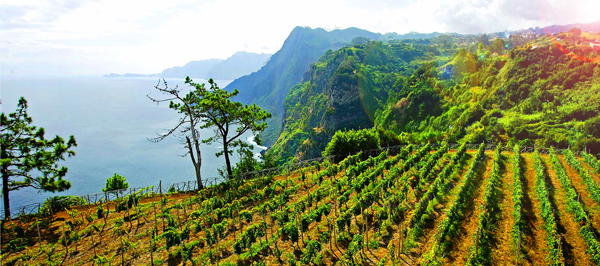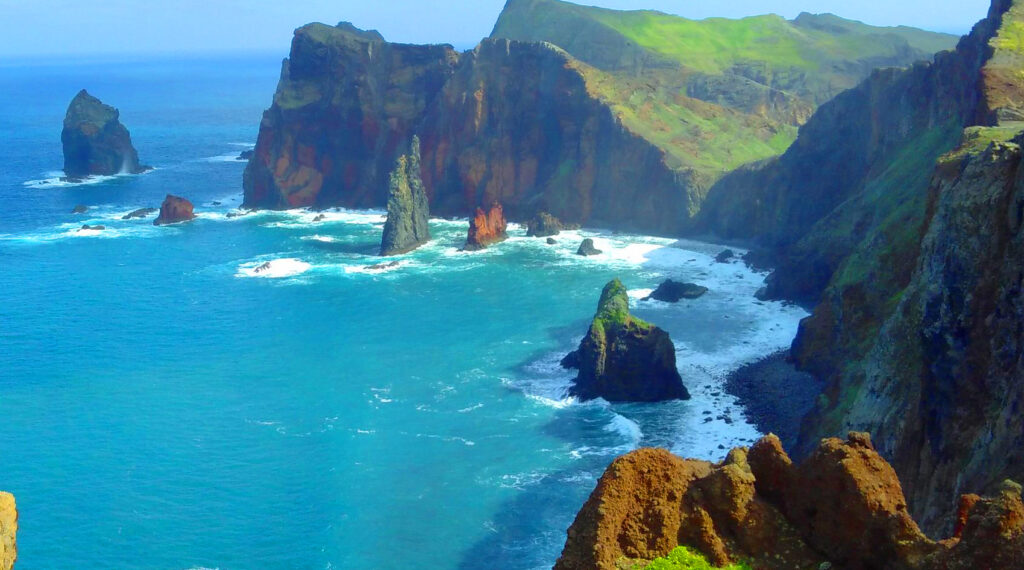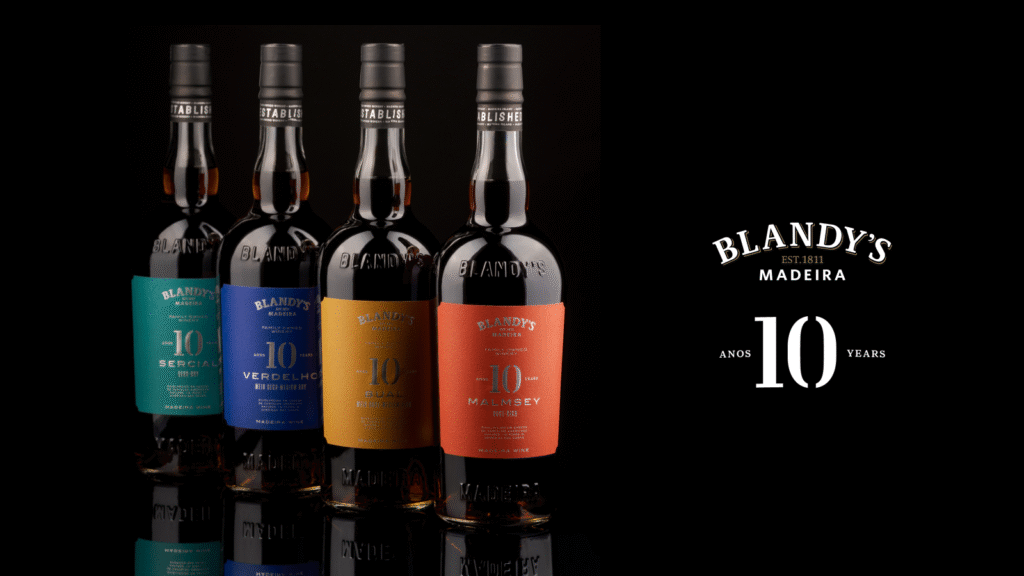Rediscovering Madeira
by Kerry Winslow, grapelive.com
Madeira is a great alternative to either Tawny Port or Sherry. Madeira, which was originally a historic and tasty mistake, is a fortified wine made on the Portuguese island of Madeira, in the North Atlantic Ocean, where mainly British ships traditionally stopped to stock up before a voyage to the new world, which literary cooked as they sailed across the Equator. Madeira is produced in a variety of styles ranging from dry wines, like Rainwater, which can be consumed on their own, as an apéritif, to sweet luxurious wines that are usually consumed with dessert. Madeira’s wine industry dates back to the 16th century and the Age of Exploration, when Madeira was a regular port of call for ships traveling to the East Indies, with the earliest examples of Madeira that were unfortified tended to spoil before reaching their destination, making the producers start adding distilled cane sugar alcohol, which created a whole new wine segment. The classic Madeira or noble grape varieties include Sercial, Verdelho, as seen here, Terrantez, Bual, Bastardo, Moscatel and Malvasia, as well as the workhorse Tinta Negra Mole grape, now known officially as just Tinta Negra. The four main types of Madeira wine in the modern era are Sercial, Verdelho, Bual, and Malmsey. Typically Sercial and Verdelho, which are drier and lighter, havie an alcohol content generally around 18% to 19%, with Bual, slightly sweeter, hovers around 19% to 20% alcohol and Malvasia, called Malmsey, can reach 20% to 22%.
So many times, as I’ve mentioned before, Madeira, Port, Marsala and Sherry get overlooked as wine, or thought of as an old persons tipple, so it is nice to see some real excitement coming out of these areas, especially as a new generation emerges from the shadows, both as producers and drinkers of unique styles of wine. Not that there is a huge youth movement in Madeira, but there does seem to be a new vigor and life coming forth, and now there are well established series of 10 year Madeira(s) from Broadbent and a newer set from Blandy’s that are hugely responsible for invigorating to this seemingly dusty or old school wine segment. As explained in many texts, Madeira is noted for its unique winemaking process which always involves oxidizing the wine through heat, which stabilizes the wine, and usually solera aging. The younger blends (three and five years old) are now produced with the aid of artificial application of heat to accelerate the aging process. The older blends, or Colheitas (single harvest) and Frasqueiras, are produced by the canteiro method with fortification with grape spirit. Madeira’s mountainous volcanic island terrain and oceanic climate is notoriously difficult to cultivate, so vineyards are planted on man-made terraces or poios of red and brown basaltic bedrock. Because of the way these wines are aged, Madeira can be very long-lived in the bottle, and those produced by the canteiro method will survive for decades and even centuries, even after being opened. I really enjoyed these Broadbent and Blandy’s Madeiras over the years and they’ve become a welcome addition to the fine lineup of quality and affordable Madeiras, and compete well with the Rare Wine Company series of older Madeiras, giving customers lots of choices.


